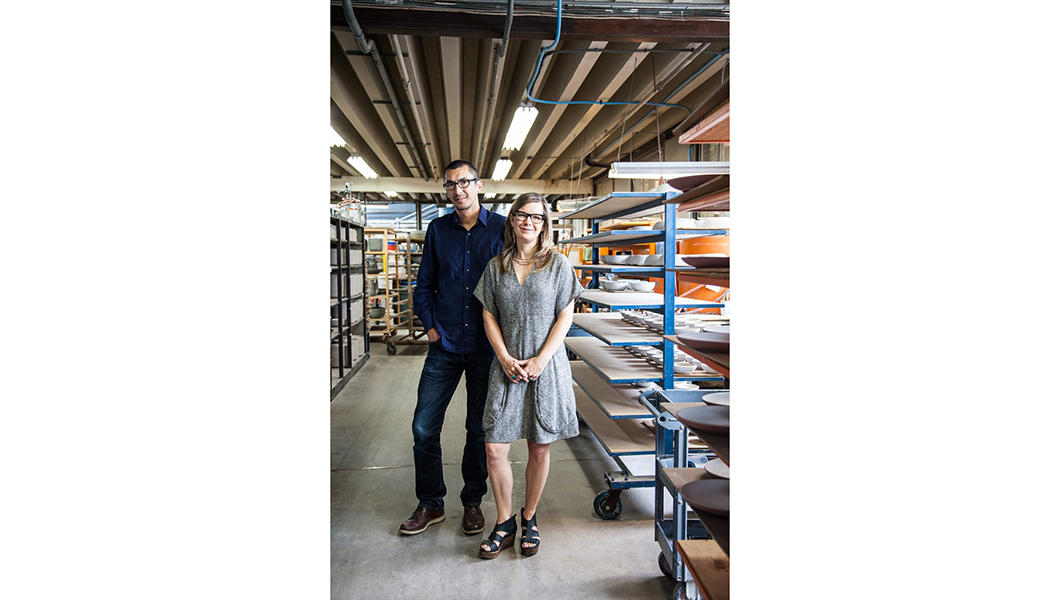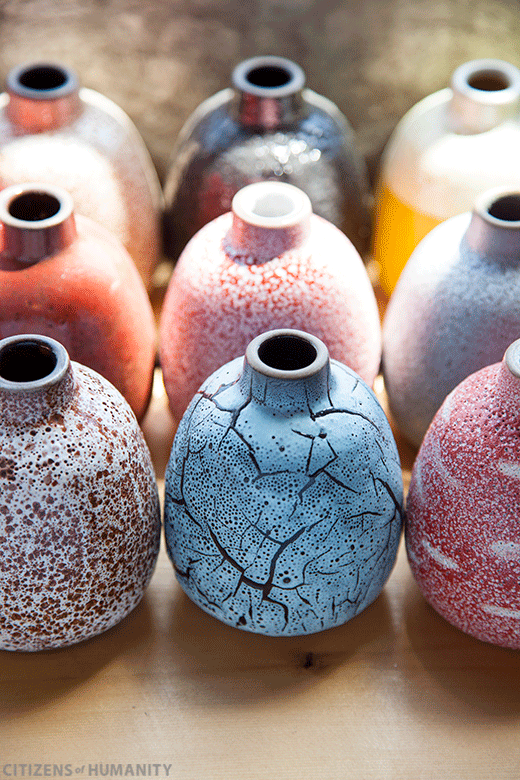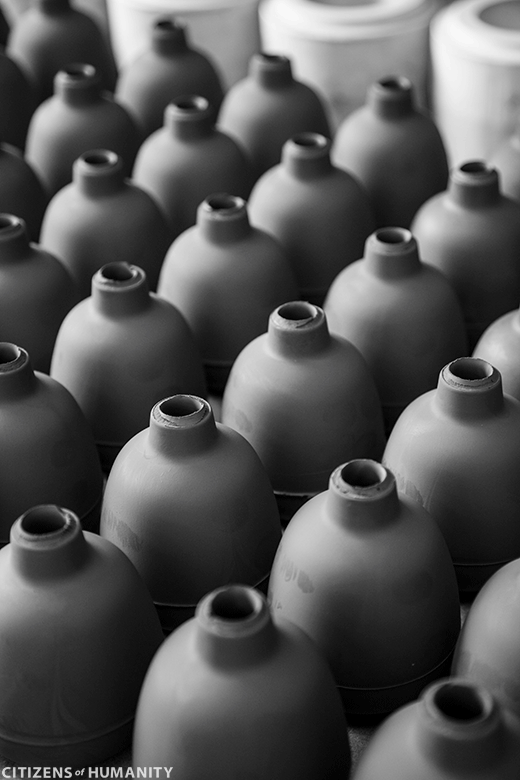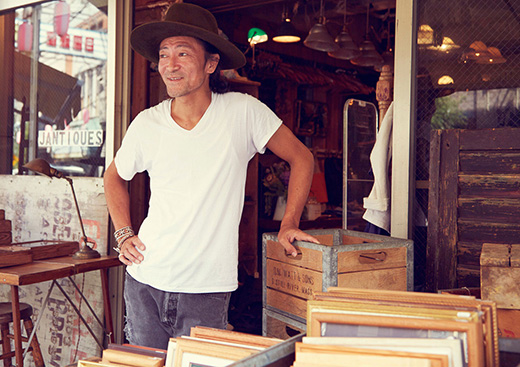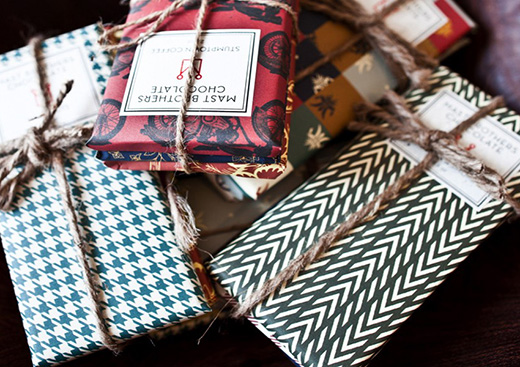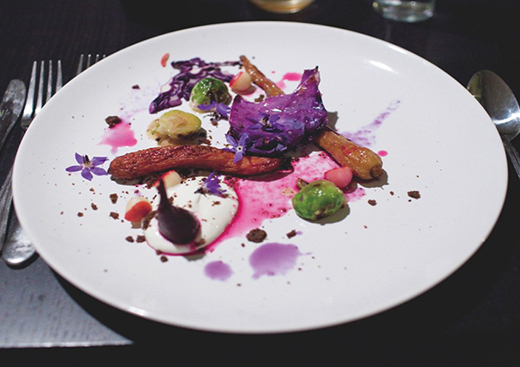THE ICONIC MID-CENTURY TABLEWARE BRAND HONORS ITS PAST AND BUILDS ON ITS LEGACY.
Most couples filling out their wedding registries look for dishware and place settings at one of the well-meaning yet characterless chain stores that dot the suburbs. But for design enthusiasts with exacting eyes, and anyone with a passion for handmade housewares with real presence, there’s only one option: Heath. The ceramic brand was founded by Edith Heath in 1948 in Sausalito, California, and has come to represent the kind of pared-down mid-century aesthetic that looks as elegant and timeless today as it did more than 65 years ago. The company still makes rustic, muted-colored tableware in the original Sausalito factory, and its customers are so emotionally invested in Heath that they submit personal stories about their experiences with the products on the company’s website. And though the brand produces humble items like coffee mugs and dinner plates, some Heath pieces have made such an impact on the art community that they can be found in museums like MOMA and LACMA. While Edith passed away in 2005, her iconic brand is in good hands—designers Catherine Bailey and Robin Petravic purchased the company in 2003, and are continuing her legacy of creating thoughtfully made “enduring objects.”
Bailey and Petravic first moved from San Francisco to Sausalito in 2002, looking for a slower-paced life and a closer connection to the natural world. Why Sausalito? “It was nice and clean, and the air smelled good,” says Bailey. “We had been living in the part of San Francisco and we’d go out to wash the side of the house, and it’d be covered with soot from the highway.” Unsurprisingly, both of them came from design backgrounds. “I was doing industrial design work for typical corporate clients, and sometimes taking that into the engineering phase,” says Bailey, who spent time as a footwear designer for Nike and also worked on tech products for clients like Motorola. “We were looking for something a little bit more fulfilling in our design work,” Petravic says, “where we had a stronger connection to the tangible element and the manufacturing process. When we worked together on the engineering side, we would create this whole plan and send it off to somebody, and they’d change it all. And you’d wonder why you bothered in the first place—somebody paid you for your work, and then somebody paid them to change it. That Heath was still manufacturing was what made it fascinating to us,” he explains. “As a designer, being able to close the loop on what you’re designing and what you’re making is what made it exciting.”
The two “disgruntled” designers were looking for a new project, says Bailey, “and we kind of stumbled upon Heath, because it was a fascinating building and we wanted to know what went on there.” “Not necessarily because, at that moment, we were thinking, ‘We should buy a pottery factory,’” laughs Petravic. Now they welcome admirers into their showrooms and studios to see where the clay is made, and how dishware is glazed and fired. But there’s not one “typical” Heath customer walking through those doors. “It ranges from the woman who got these 40 years ago on her wedding—and she’s completely nostalgic about the plates she’s had all those years—to her granddaughter who’s getting married, and her whole life is ahead of her,” says Bailey. “And her granddaughter just thinks it’s a beautiful, cool product that she appreciates for what it is today. We get a lot of customers from Japan, because I think they understand the beauty of the material and ceramics in general. But they also like that it represents this kind of American aesthetic.”
The long list of customer-submitted stories on the Heath website is a testament to the enduring mystique of the company and its products. “Cathy doesn’t believe me,” says Petravic, “but I swear someone came in one time and they told me about how they grew up off the grid with Heath dishes, and nothing but a potbelly stove in the house. And the dishes survived her raising three or four boys.” But the most common tale the couple hears is of Heath dishes being passed down to children, or even grandchildren. “Someone will come in with a story like, ‘I’m here because I just gave away my dishes to my daughter, who wanted them for years, and I want to buy myself a new set,’” Petravic says . “There’s a lot of pride in handing them down, because these kids have memories of these dishes they grew up with. That’s a very common thread, and I find it funny when someone wants to tell me a story like that, and I don’t let on that I’ve actually heard this story from someone else. They always think they’re the only ones, and they’re very excited about it.”
Aside from their work together, Cathy and Robin are also parents to a 9-year-old, Jasper, and two dogs “who are somewhat like children.” Working alongside a partner isn’t everyone’s cup of tea, but the couple’s very happy about their arrangement. “I think there’s certain people who have an affinity for working with their partner,” says Petravic, “and we are definitely those people. We were sort of looking for that—a life partnership that’s also related to what you do every day. You learn how to work together, and then all the sudden you have kids, and you realize you actually didn’t know how to work together. You just thought you did. And then you have to figure it out again.” Says Bailey, “But we probably had it better than a lot of people. When we had a kid, we were like, ‘Oh, we have to divide up the labor—this is like work.’”
There could theoretically be anxiety associated with taking over the reins of such an established brand, but Bailey and Petravic say the company’s legacy was a help, not a hindrance. “We have this wonderful path drawn, to reference,” says Bailey. “It makes so many other parts of our job easy. There’s already this story—we don’t have to make it up, we don’t have to make it something that it isn’t. I think the past fits nicely in the past—we’re just drawing a line off that into the future, and we can go in different directions. I think the company needs to share some of the values and some of the aesthetics [of the past], but it can go somewhere that we set it, somewhere it hasn’t been. So it doesn’t feel like pressure; it feels like an opportunity and it feels like something to guide you.” Petravic agrees: “In a lot of ways, we were fortunate in that we got a great jumping-off point. For a company, that first part of figuring out ‘Who are we? What are we about?’ is always hard. And what we got was a nudge in a certain direction.”
Neither of the company’s current owners feels compelled to change the way Heath’s pieces are made or move the aesthetic away from Edith Heath’s original intention. “We like making and designing things that are hopefully classic in some way, that are rooted in the materials,” says Bailey. “It’s not like we’re thinking, ‘Oh, should we make plastic lids for these things?’ It’s not even something we’d want to do.” That’s probably due in large part to the couple’s design background, says Petravic. “We appreciate the same values that created Heath and had driven it for decades before we even owned the company: the ideas around craftsmanship, and respect for materials, and drawing on materials for inspiration,” he says. “All of those things are things we share. We’ve taken it in our own direction, but there’s been that consistency throughout its entire history.”
But what is it exactly that has made Heath so beloved for so many decades, across so many cultural lines? “I think the aesthetic—that kind of classic ‘California’ thing is something that people feel is unique, and unique to Heath,” says Bailey. “I also think the nature of the product is close to people’s hearts, especially given how you receive it and how long you have it. It’s a product you usually buy slowly over time, or you get it when you move into a new home. And it’s an important part of your life—you touch it every day, you hold it, you wash it, you eat your meals on it with people you love. All that adds to why the product feels really close to people. But it’s also about the fact that it hasn’t changed too much. It’s something people can rely on.”
—


